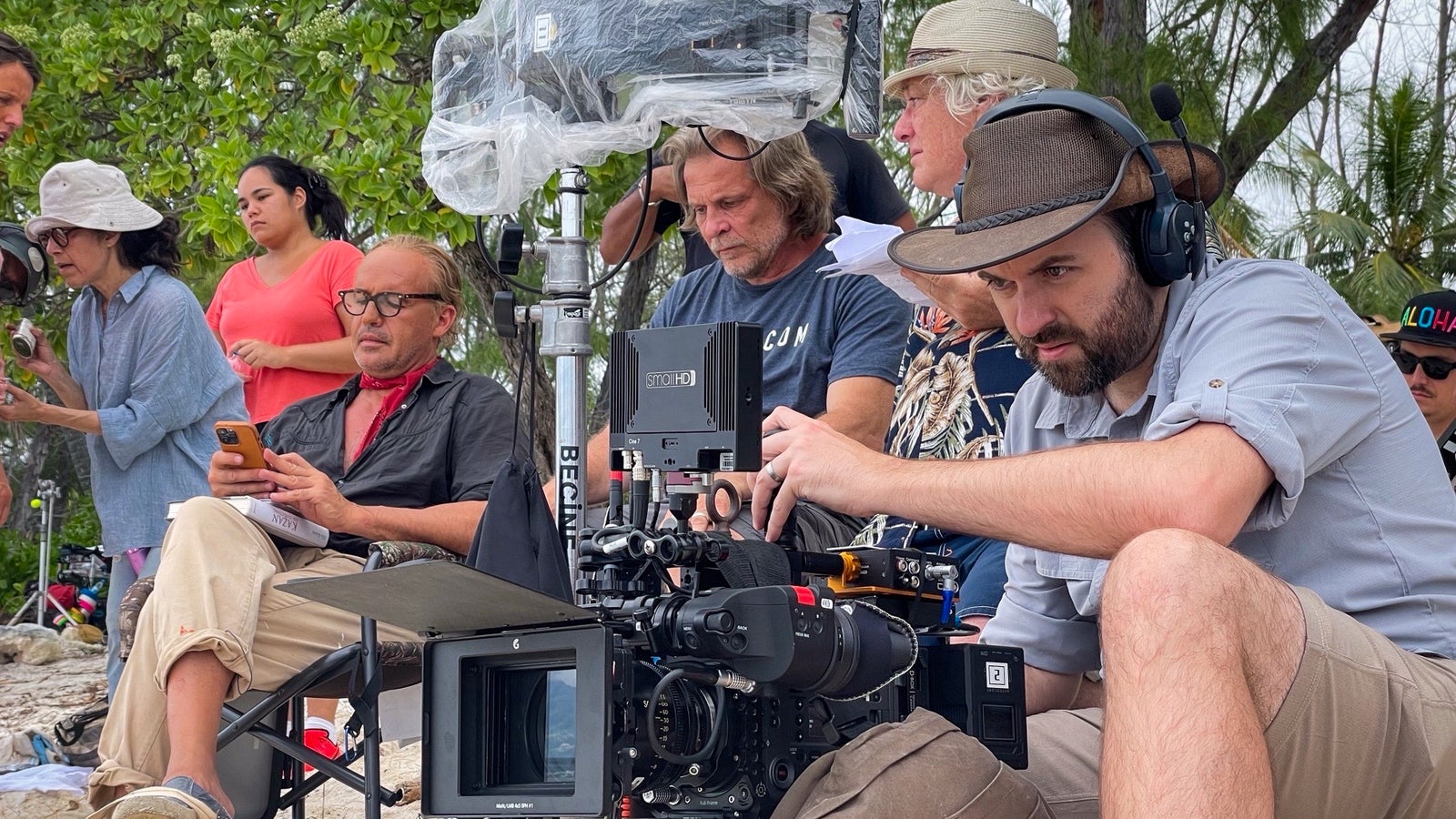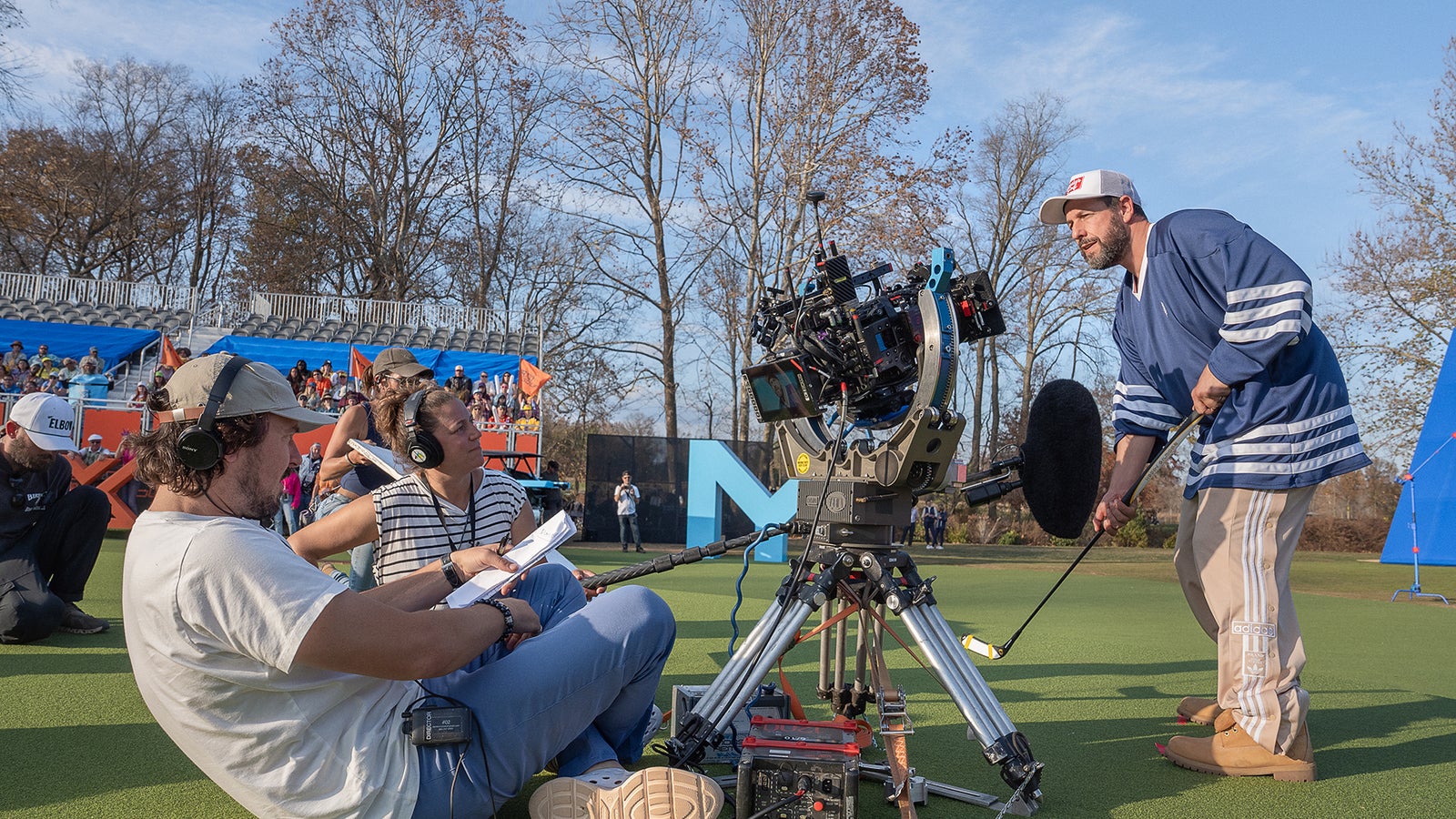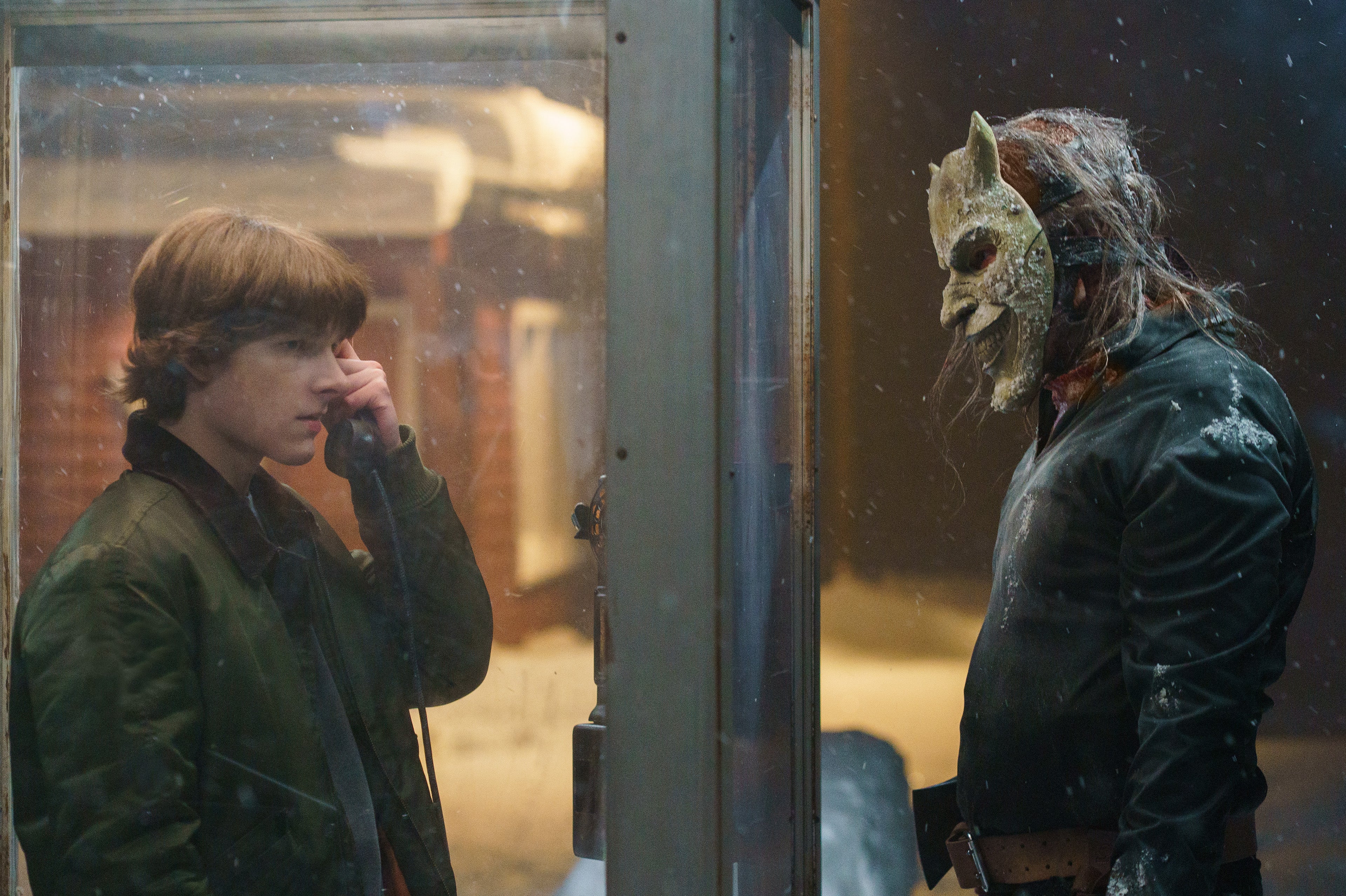
10-23-2025 - Filmmaker Interviews
"Black Phone 2" DP Pär M. Ekberg Creates Transcendent Dreamscapes With Super 8 and VENICE 2
By: Yaroslav Altunin
Hailing from Sweden, Director of Photography Pär M. Ekberg (Polar, Stockholm Bloodbath) is a creative unbound by format and genre, shooting everything from commercials, music videos, fashion, television, and narrative features. Even his last five films span everything from horror and science fiction to thriller and historical action.
For his third film shot on the Sony VENICE 2, Ekberg returned to a familiar genre and joined director Scott Derrickson (Doctor Strange, The Gorge) for the horror sequel Black Phone 2. Blending digital and Super 8 film, Ekberg utilized three different formats to craft a movie that blended two the juxtaposed worlds of reality and dreams.
Sony Cine sat down with Ekberg to learn more about the unique direction for this project, how he achieved it’s signature look, and how the VENICE 2 gave him the ability to capture the nuance of the real world.
Filmmaker Interview: How Super 8 Became A Crucial Part of Black Phone 2
Black Phone 2 would be Ekberg’s first film with Derrickson and continues the story of Finney. Now a teenager, he struggles with the events of the first film and can’t shake the feel that his old nemesis isn’t truly gone. Much like the original film, the sequel makes creative use of both digital and film formats, creating juxtaposed worlds with their own eerie aesthetics, a challenge that Ekberg found both exhilarating and frightening.
"[Super 8] was an early conversation and [Derrickson] has this Super 8 trademark. He used it a lot for several of his movies,” Ekberg explained. "[For Black Phone 2], a third of the script was actually Super 8. So reading it was I like, ‘Oh, holy crap, how do we navigate this?’”
The Super 8 format would continue to be a pivotal visual element in the Black Phone narrative, but take on a more prominent role. As Gwen, Finney’s sister, enters a dreamscape, her visual world changes to a grainy film look that Ekberg and Derrickson captured in Super 8. But the format would pose constant challenges and would require novel solutions to be production friendly.
“You don't do a big studio movie with a camera that hasn't been running for years and you don't know what's coming out of it. Nobody can see what you're doing and it was very slow when it comes to lighting,” Ekberg said. “These cameras are finicky and the format is finicky. You don't know how many scratches or how much dirt is going to come out of it, or how out of focus its going to be.”
Before being replaced by video tape, Super 8 was a popular consumer format that was predominantly marketed as a reversal stock for projecting home movies. It was not a format known to be used for Hollywood productions. But for Black Phone 2, Ekberg and Derrickson ended up using the camera for some of most difficult sequences they had.
“We shot nights, and interiors, and SFX, and VFX and action scenes,” Ekberg said. “So that was a different animal and it was a big part of the movie. There was no way that we're going to do it any other way.”
I just had a very nice outcome with the VENICE 2. Even when I pressed everything into the warm spectrum of colors, I could still get a rich selection and rich color detail out of the image instead of it being red and orange mush.
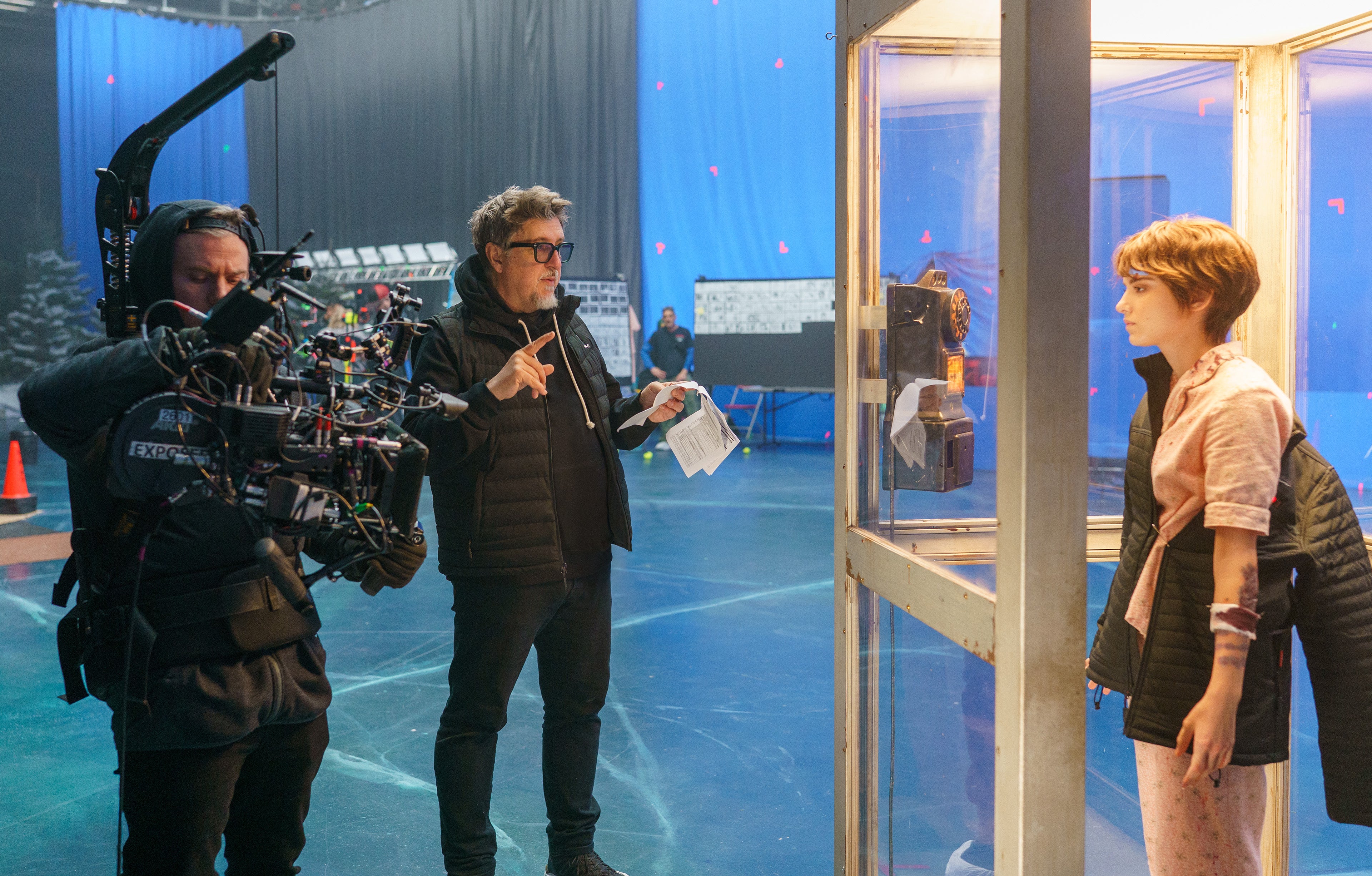
Early on, Ekberg and his team had to dive deep into the format to figure out how to make it production friendly. The team went through 10 different Super 8 cameras and even went as far as to develop a mid-sized film format they called Super 12.
"We shot Arriflex 416 cameras and I did a separate cropped format within the 16mm negative,” Ekberg said. “So it was 2.39:1 and we called it Super 12, because it's right between Super 16 and Super 8. We did a crop on the neg to get more grain and more dirt out of it.”
Ekberg goal was to balance the visual and narrative darkness of the film by blending jump scares and elements of tension with high contrast lighting set during night scenes. While the Super 8 camera was the team’s first choice to capture the dreamscape elements, the Super 16 format stepped in for more complex sequences.
“I wanted to have some contrast and I wanted to have a deep darkness, but I also want to make sure that we're actually telling the story and we’re actually getting the bits we need,” Ekberg said. “And in that case, a production camera like the 416, where you have proper technical technical support, you have proper lensing, and you have proper accessories and video, is crucial.”
“And also you can shoot sync sound, which was something we had to do instead of having the little lawnmower Super 8 rattling on the soundtrack.”
The original Super 8 format was used extensively throughout the film even though, at times, the footage would come back from the lab with artifacts, poor focus, and weird characteristics. Because of this, Ekberg shot Super 8 side-by-side with the mid-sized Super 12 format for redundancy, but often found that the weird and out of focus Super 8 version worked better for the aesthetics of the film.
“In the edit, we could see that it actually works with all these weird kinks and flaws. So we tended to try and double up with the Super 8 even if we shot Super 16 or Super 12,” Ekberg said. “So in the movie there's a mix. And when we were forced to shoot Super 16 because of resolution with bluescreen and visual effects, we downgraded the quality in post and added in grit and grain.”
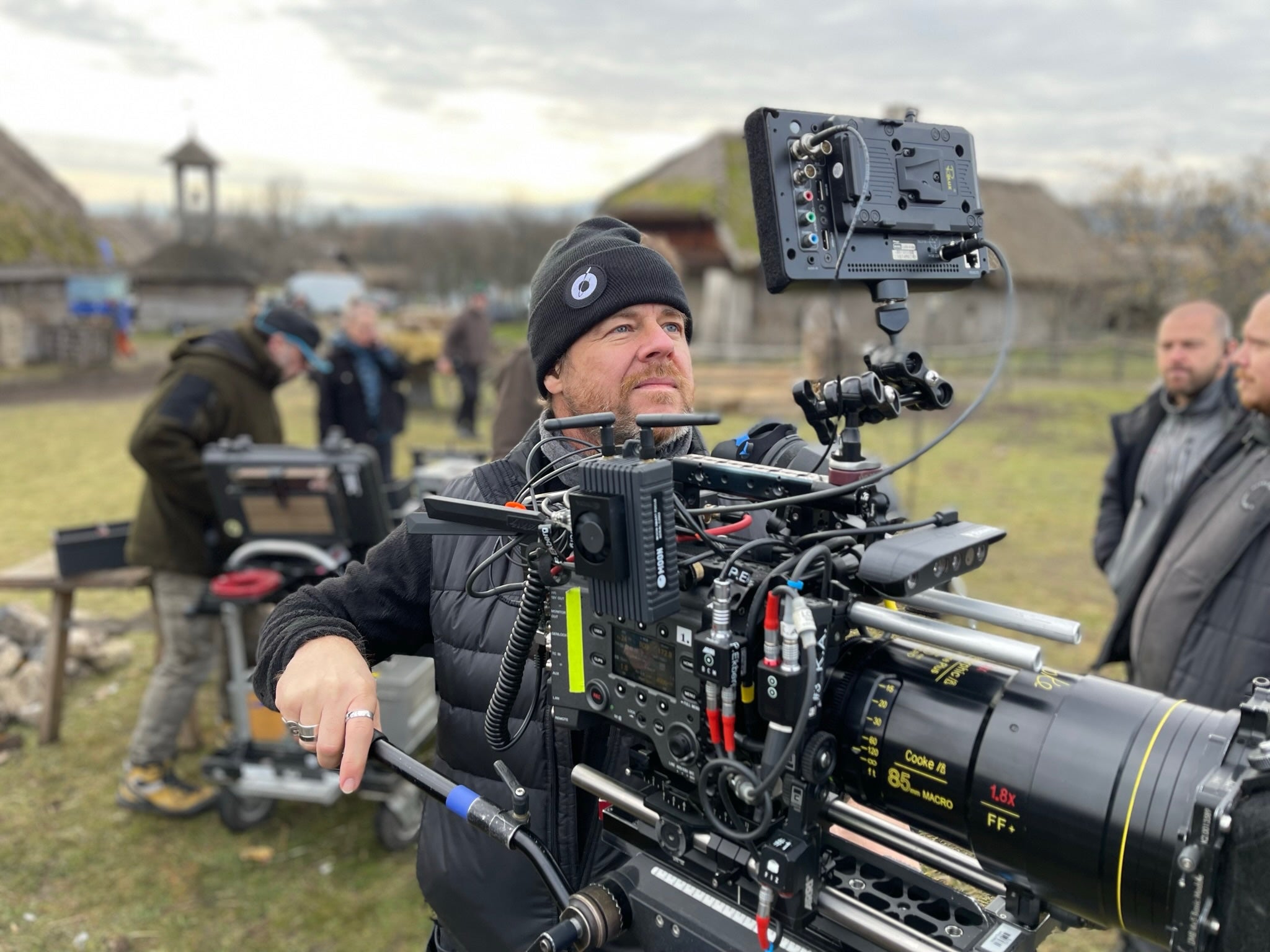
Filmmaker Interview: How the VENICE 2 Captured the Real World of Black Phone 2
Capturing the real world within the Black Phone 2 also posed it’s own challenges. With most of the film taking place at a Christian youth camp nestled between snowy mountains, which was shot on location in Hamilton, Canada, Ekberg found he had to tackle both night exteriors that featured snowy backgrounds and interiors with warm colors and skin tones. For this, the cinematographer needed a camera that could capture both, while also doing it at night.
“The way I normally approach a project is that I try to imagine what outcome I'm looking for,” Ekberg said. “And then I try to test for things that I know are going to come up, like, for example, snow. [We were] going to shoot people at night in a entirely white background environment.”
“And I just had a very nice outcome with the VENICE 2,” Ekberg continued. “Even when I pressed everything into the warm spectrum of colors, I could still get a rich selection and rich color detail out of the image instead of it being red and orange mush.”
Leaning on his experience from Stockholm Bloodbath, which was also shot on the VENICE 2, Ekberg found he could effortlessly move from dark exteriors set in snowscapes and blizzards to dim interiors that contained an assortment of warm colors. This digital footage also combined seamlessly with the parts of the film that were shot on Super 8 and the other film formats.
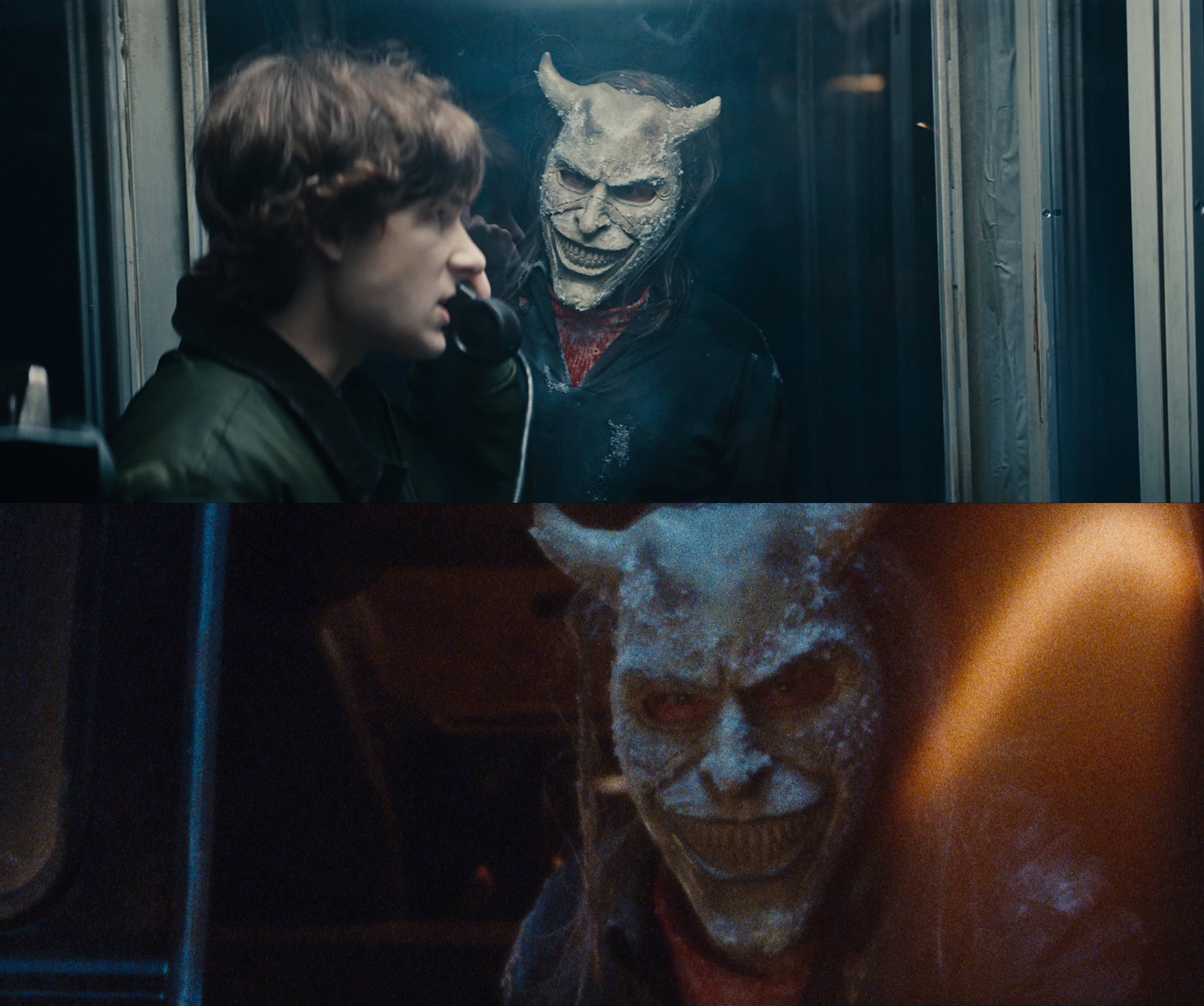
While the different worlds and their distinct perspectives were usually separate, there were some moments where the film footage would transition to digital within a single shot. Some of these were done digitally with film emulation, but other times Ekberg utilized an old school approach that created interesting effects.
“We didn't use a prism or anything, we just did a rough line up where we shot it with the film camera first, and then we replaced the frame camera with the with Sony VENICE 2 and shot the same frame,” Ekberg said. “You can actually see that the curvature of the lensing is different and it works really nicely because it morphs from one to the other. It's not just the grain and the grit, it also shifts the perspective a little bit.”
All of the challenges of this film and their novel solutions culminated in the final scene, where the entire cast met in one location. The scene shifted from film to digital several times, between three different sets that made up an ice lake location, and even featured underwater photography.
The ice lake was built on a one stage, a hole in the ice built on another stage, and then there was a whole set for underwater cinematography.
“There were so many things going on. It was all the SFX, VFX, stunts, we even had animals, wire work, we had water, both going in and out of water, and also underwater work,” Ekberg said. “The whole ensemble was also there. Just figuring out the geography and being true to the visual storytelling, while we had to jump back and forth between different moments in this long end sequence, that was really tough.”
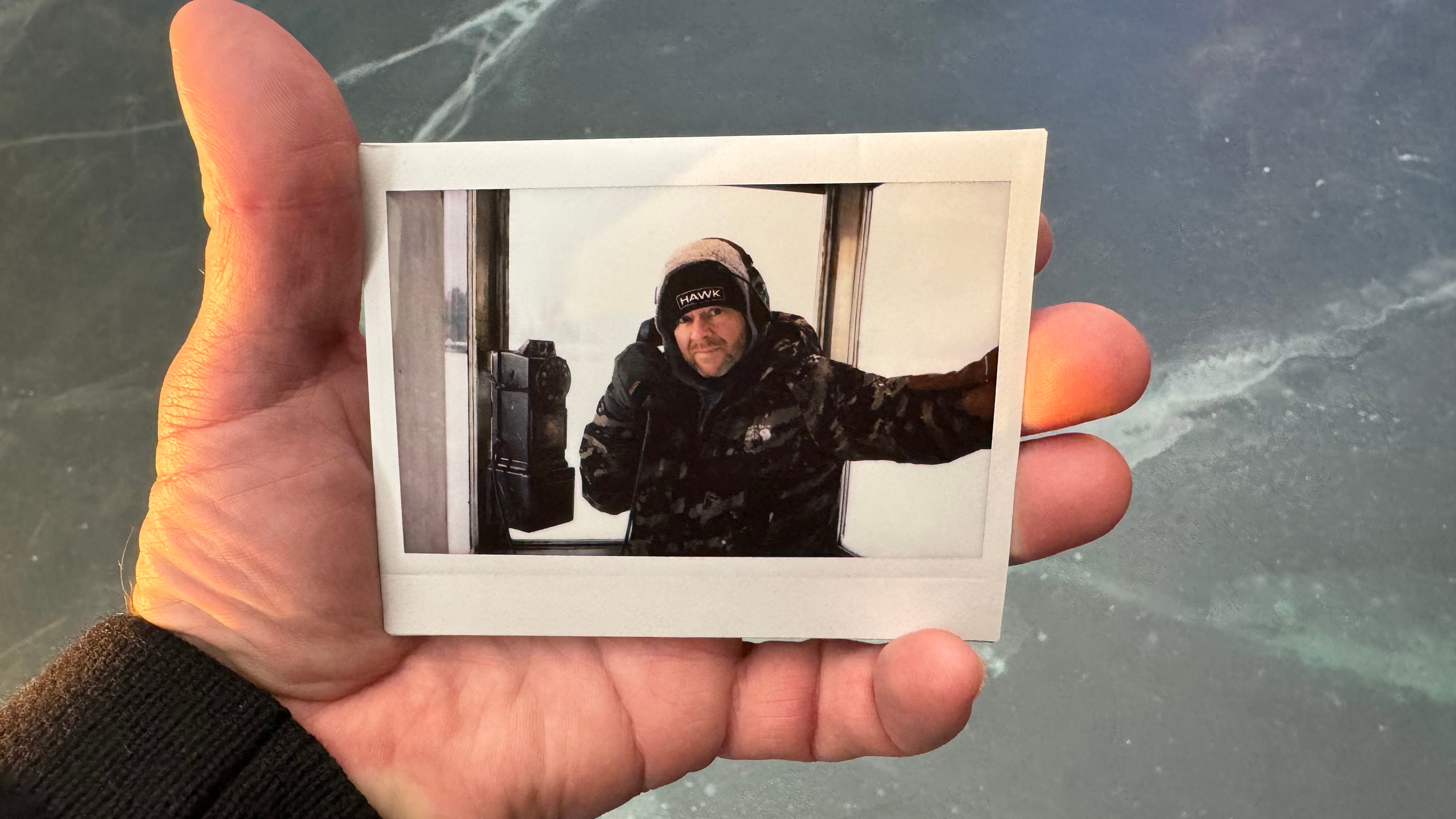
A Showcase of Formats on Opposite Ends of a Spectrum
Black Phone 2 is a unique film in that it features two different formats on two extreme ends. Grainy and fuzzy Super 8 film on one end and digital footage shot on the Sony VENICE 2 in 8.6K on the other. But what makes all of this work is how the story weaves these elements together through plot and the characters of Finney and his sister Gwen. It’s a visual choice driven by the narrative.
"What I find so exciting about this movie in general, is that it's not just a horror movie,” Ekberg said. “It's super emotional. It's about the kids and their relationship and the family drama. And there's a lot of psychology in there that's separate from the horror.”
“As you get into the movie, you adapt to this craziness where you can follow the back and forth [between film and digital],” Ekberg added. “And then again, it comes to my realization about filmmaking in general, that a lot of times you can push limits pretty hard as long as you have a solid idea, as long as it's visually interesting, and as long as you know there’s a purpose behind pushing that limit.”
Catch Black Phone 2 in theaters now to see Ekberg’s work in action. To learn more about the Sony VENICE 2 and the other cameras in the Sony Cinema Line, visit our Camera Comparison Chart.




